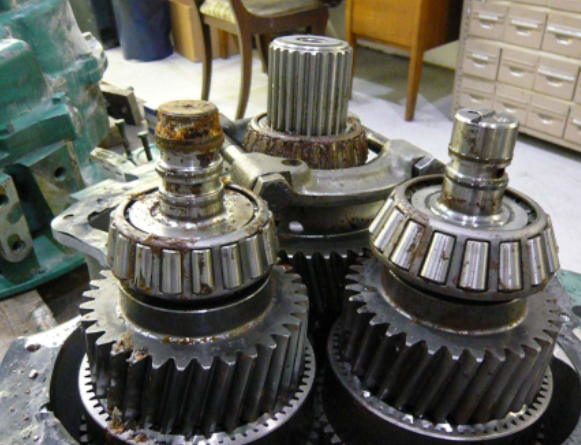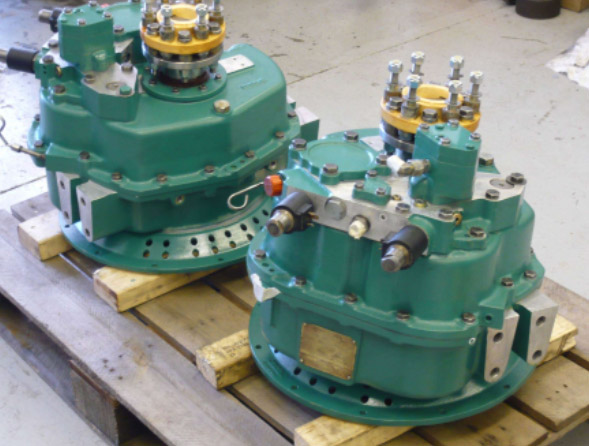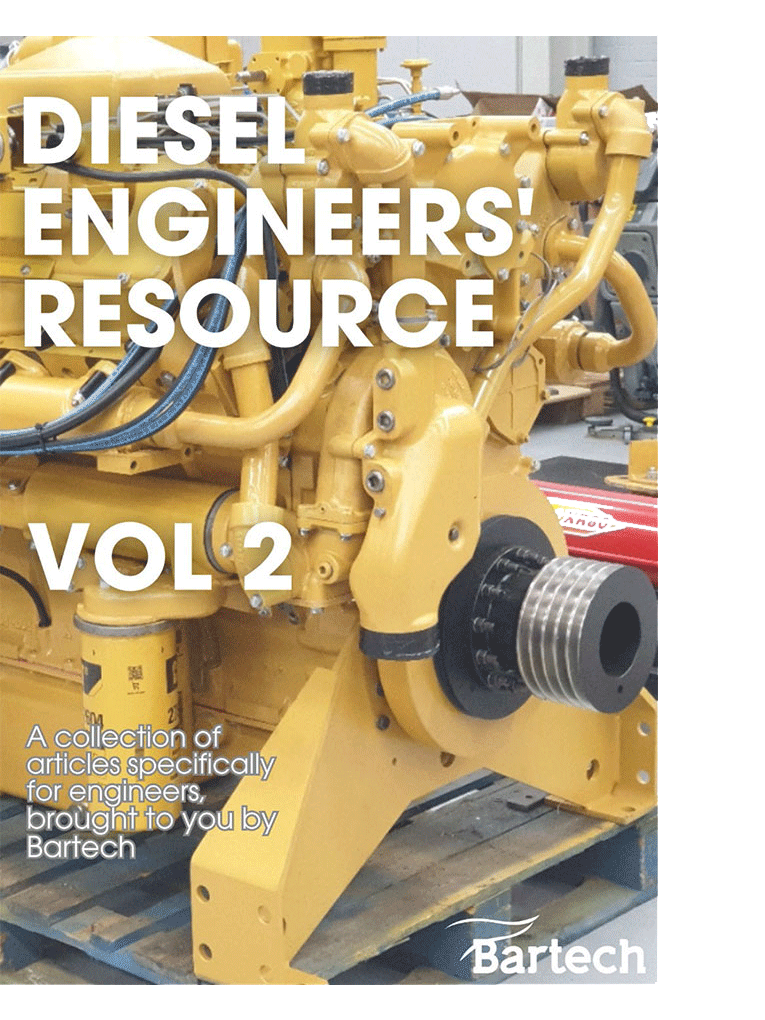Whilst the vital role of the diesel engines is widely appreciated across oil and gas, marine, generation and locomotive applications, too often, other key mechanical equipment can be neglected and at risk of the same complications as the engines. To give you confidence across the whole system, we can undertake overhauls of transmission units using genuine spares, working to OEM specifications.
As transmission units follow the same overhaul schedule of the engine, it is best practice for them to be overhauled at the same time and by keeping them with one company gives you better control of the project.
The overhaul procedure follows the same reliable methods as the engines which consists of the process below. This was followed in the overhaul of some Twin Disc units, shown in the case study here.
Standard overhaul procedure:
- Dismantle
- Clean
- Inspect & Report
- Rebuild
- Testing with the engine as part of a complete system.
7 key steps to get more reliability from your units:
- Check oil level daily or every 10 hours, while engine is running at low idle, with transmission in neutral.
- With a new unit, change the oil within the first 50 hours of operation. After this, the oil will require changing each 1000 hours, or as required depending on conditions.
- Remove and clean the pump suction strainer at every oil change or sooner if necessary.
- The coupling element should be visually inspected after the first 100 hours of operation and every 2000 hours thereafter, or every six months, whichever comes first.
- Heat exchangers used for salt water applications have zinc rods installed at the inlet and outlet heads. These rods must be checked every 90 days. If over 50% of the rod is disintegrated, it should be replaced to provide effective protection.
- A complete overhaul of the unit should be made at the same time that the engine is overhauled.
- Carryout periodic visual inspection of mountings, heat exchanger oil pipes, pressure and temperature gauges, drive line input and output shaft oil seals.



